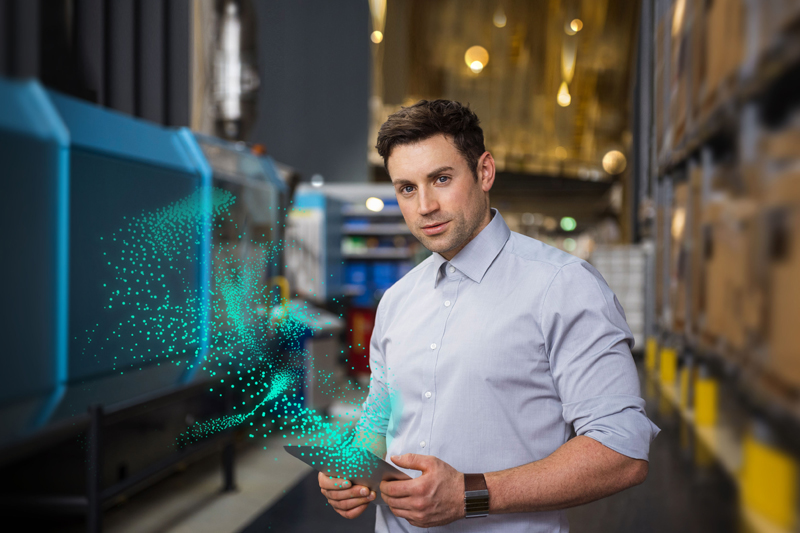
Siemens is asking specifiers, installers and end-users of fire safety systems to recognise the potential that cloud connectivity offers for maintaining undisturbed spaces through automatic testing of devices.
One of the issues associated with conventional maintenance of fire safety systems is the potential impact on day-to-day operations. This is particularly true of public buildings where the sound of alarms, flashing beacons and the disruption caused by the presence of maintenance technicians can be a problem.
This is one of the main reasons behind the development of systems which can perform certain checks automatically, without the need for any human intervention. Siemens not only offers ASA (Advanced Signal Analysis) detectors which detect fire sources early while distinguishing them from deceptive phenomena, but ones which are also equipped with DFT (Disturbance Free Testing) technology. This has been brought about through advances in smart technology, with IoT-enabled detectors conducting tests automatically. This means that site visits can be confined to annual service inspections, with more frequent automatic checks undertaken remotely (and silently) to provide greater confidence that the system is performing correctly. Cloud connectivity has been fundamental to this, offering the capability to effectively digitalise fire safety.
Secure connectivity
Portals are now available which connect with the cloud, while the Siemens Building X Fire Apps, consisting of the Fire Manager on PC and a cloud suite of mobile apps for iOS and Android mobile, are also available to ensure a smoother commissioning and configuration of systems, as well as providing the opportunity to access information on fire safety sites irrespective of a person’s location. Importantly, these connections to sites are secure through cloud gateways, providing a range of details regarding the status of the system and replicating the information available from the on-site safety panel. Data gathered from IoT-enabled detectors can include function tests, soiling, and danger levels, all of which can be sent to the cloud to offer invaluable, real-time insights into performance.
Proactive maintenance
Such devices are a major contributor to a proactive rather than a reactive approach to maintenance, continuously and automatically measuring and evaluating the performance of a system or device and thereby both anticipating failures and the need for maintenance checks. They are also useful in automatically testing devices located in areas which are difficult to access such as ceiling voids, secure areas and occupied hotel rooms.
The advent of remote services made possible through digitalisation means issues can be detected remotely, including checking that any changes to a system have not adversely affected its performance. Should a problem be identified, if it cannot be resolved remotely, a maintenance engineer can visit the site armed with information, reducing the time required to investigate. With flexible remote access 24/7 and devices that can guarantee no false alarms, spaces are undisturbed. Fewer site visits also offers significant environmental benefits, with less travelling reducing the use of fuels and lowering CO2 emissions.
For further information on Siemens Smart Infrastructure – Buildings: www.siemens.co.uk/cerberus
For further information on Siemens Smart Infrastructure, please see
www.siemens.com/smart-infrastructure
Find more industry feature articles here








